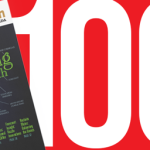
THE FLOATING C-STORE

THE FLOATING C-STORE
By Carter Hammett
What’s your idea of what a convenience store looks like?
Travel to a developing country and have your perception changed.
In recent years, Cambodia has been gaining a reputation as a can’t-miss tourist destination. Thanks to a cheap dollar, an exotic locale and boisterous nightlife, the country has managed to wriggle past tragic history with an eye on the future. Still, while most visitors travelling to Cambodia tend to flock to the famous Angkor temples just outside of Siem Reap, there’s much more there than initially meets the eye.
About 15 km south of that city is a string of busy communities that house non-profit organizations, small businesses as well as religious and sports facilities. While that in itself may not sound so impressive, the fact that these neighbourhoods happen to exist entirely as floating villages – totalling 170 – might make you think twice.

For its half million residents, Tonlé Sap Lake is the place they call home. A UNESCO-designated biosphere, the body of water, fed by the Toné Sap River, is the largest fresh water lake in Southeast Asia. Depending on the season, the lake can swell from anywhere between 2,700-to-16,000 square km and its depth can vary from one to 10 metres. Another unique feature about “Cambodia’s beating heart” as locals call it, is the fact that the river’s flow actually changes direction according to rainfall levels.
The forest of stilted buildings and houses create an infrastructure on the lake that enable the structures to endure severe weather shifts as well as fluctuations in the water’s depth and size. Other buildings are buoyed by old tires attached to the sides of their platforms, while still others are little more than boats with tiny fragile walls and curtains to give privacy and protection.
Taken as a whole, the villages seem to be a disorganized hodgepodge of desperate living. Quite the contrary, the villages parallel their land-bound counter parts with an infrastructure that includes schools, gas stations, a non-profit run hospital, barber shops, temples, restaurants basketball court and yes, even convenience stores.
Probably the number one product sold at these outlets is potable water. Several factors contribute to this necessity: silt from the mighty, connected Mekong River helps Tonlé Sap Lake’s abundant fish population, a food source and the primary form of income for most of the locals. Unfortunately, what’s good for the fish isn’t good for the population so residents have to buy their drinking water and this is normally found at the local c-store.
Water brings with it another serious environmental issue: open defecation, which fosters illness and pollution. Recently, a non-profit group Wetlands Work, developed a cost-effective, two-container system that filters pathogens out of waste water, which may soon counteract some of the illness
The c-stores we saw carry a small selection of drinks, cigarettes, foodstuffs and snack items and they’re often tended by a clerk who may or may not be sound asleep in a hammock near the front of the store.
While these stores may provide a key service for locals, there’s also some tales of tourists being harassed into paying as much as $70 for a single bag of rice also carried by the convenience store, with the money promised to go to the local orphanage. It’s doubtful if the money ever makes it that far.

It’s unfortunate that scams like this exist but not surprising, given that the majority of residents live in a kind of poverty most of us can only imagine. The great bulk of the population occupying these floating villages are classified as non-immigrant foreigners, composed of three ethnic communities: Chams, Khmers and Vietnamese. These stateless people aren’t legally entitled to own land but there’s no regulation of this sort applied to water. The floating villages thus become a relative oasis for these communities.
While our tour guide informs us that the villages along Tonlé Sap Lake have existed in various forms over five centuries, the concept of a Cambodian floating market is moving slowly into the 21st century, turning it into a tourist concept proper that locals might actually benefit from.
Spearheaded by property investment firm Sky Land in partnership with a Thai firm, construction is underway as of this writing. The plan calls for a facelift to 20 hectares of land in Vihear Sour commune. The strategy includes boats modelled on the Khmer style and measuring up to 40 metres long, that would sell souvenirs, merchandise and of course, food.
Several variables will need to be considered including design, safety and infrastructure, but what was once an act of necessity will now be reframed as a tourist attraction.
The irony can’t go unnoticed by village residents. Essentially held hostage in their own homes and the lifestyle they’ve had thrust upon them, the hardships they continue to face will be exploited as a novelty stop for tourists. It’s just the latest hurdle for a community trapped between the old vestiges of the past and the oncoming values of the future.
Before we go…
The Cambodian convenience store industry is alive and growing, thank you very much. With urban growth booming and per-capita income on the rise by 7 per cent c-stores are expected to make a bigger footprint throughout the country as the coming decade emerges. Already local big shots like Lucky Supermarket and Super Duper are making inroads as they offer a wide selection in air-conditioned environments, which are attractive to heat-frazzled shoppers. While the majority of retail is often dominated by small, family-owned operations outside of major cities like Siem Reap and Phnom Penh, these institutions are also projected to decline during the next decade. Another element favourable for c-store growth is the ROI is better than traditional supermarkets and the investment, lower. In many instances, the products offered in smaller c-stores are on par or superior to those sold in supermarkets and customer service tends to be superior.
One area where Cambodian c-stores need to pick up the slack is in upgrading services to match the needs of a universally fickle marketplace. Bill payment services, the availability of mobile phone cards and other services would go a long way towards moving this sector forward.
Giving everyone a run for their money will be North American c-store chain, Circle K, which opened its first outlet in Phnom Penh in 2018. The company plans to open an additional 300 stores by the end of the decade with a total investment of $20 million store officials predict. With Cambodia the ninth market in Southeast Asia the c-store giant will penetrate, it will be interesting to see exactly what the market will be able to bear.

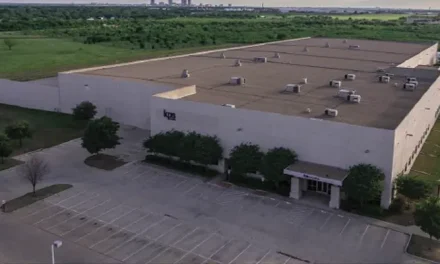
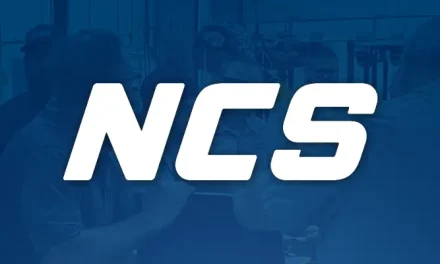
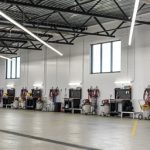


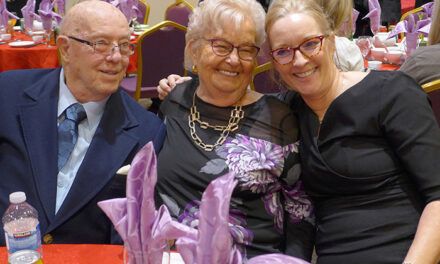
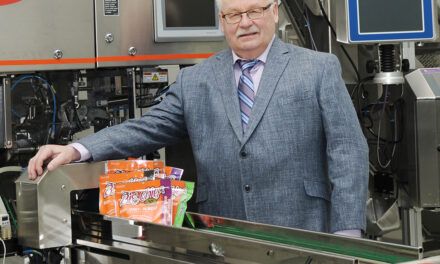


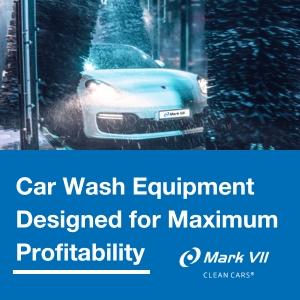

























Thanks for posting this awesome article. I’m a long time reader but
I’ve never been compelled to leave a comment. I subscribed to your blog and shared this on my Facebook.
Thanks again for a great post! https://www.entretienmenager-gtp.com
Hi, my apologies for the delay in responding. Happy you like the article, and our magazine. bj